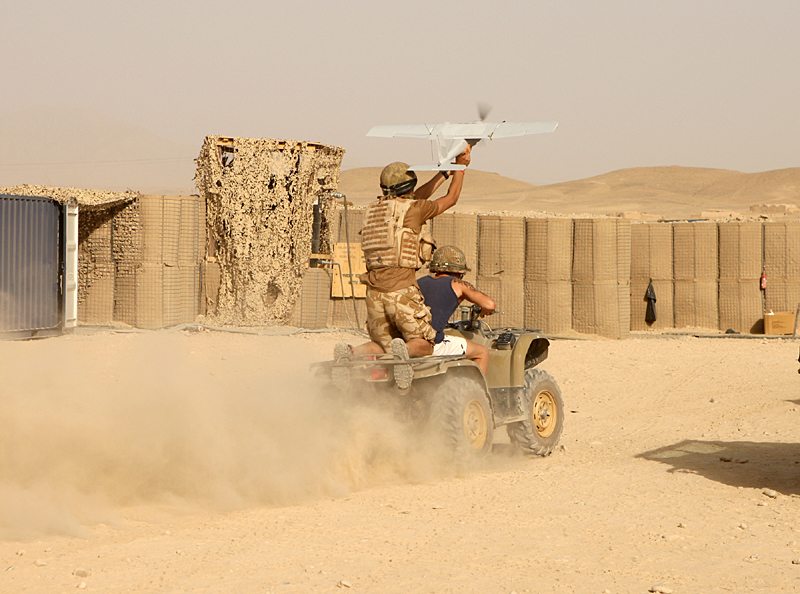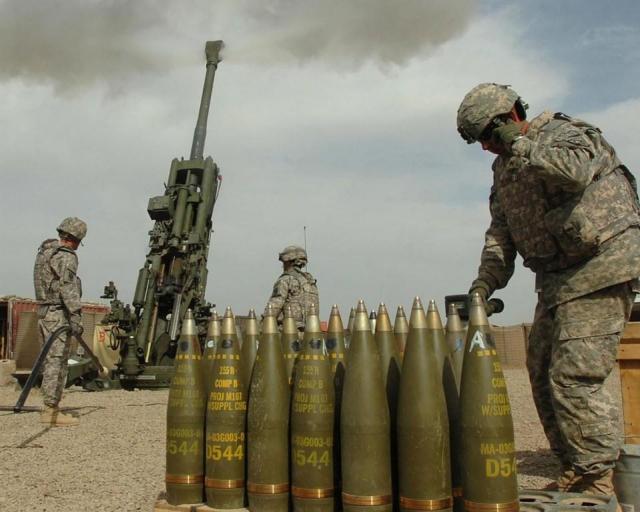Brigadier Duncan Capps has recently completed a tour of duty in Afghanistan where he was Commander Joint Force Support (JFS). He briefed media representatives in MOD Main Building in London about the progress being made processing and redeploying kit and equipment in theatre in readiness for the drawdown of troops in 2014.
Redeployment
As UK bases close in Helmand province, or are handed over to the Afghan National Security Forces (ANSF), and the number of British troops reduces, so the associated kit and equipment is being prepared either for removal from theatre or for its next role. A large proportion of it will find its way back to UK units or specialised military storage, but not all of it. Which is why the process is called redeployment, and it is one which is well on track.
But before getting into the detail of his brief, Brigadier Capps was keen to point out that while Stage 1 Redeployment (dealing with equipment in-country) could be seen now as the biggest physical task in Helmand, current operations were very much still the main effort, and would remain so until December 2014. He said:
As JFS, we provide all the logistics that are required in theatre, whether that be medical supplies, canteen and postal services, equipment maintenance and all the things you need to operate in theatre, but also we are there to field and support new equipment that is coming in, and keep the operation going.
Reducing capacity not capability
Although acknowledging that the operation was changing quickly he maintained that the logisticians, known as ‘loggies’, were doing well:
Arguably, from a loggie’s point of view, this is the most challenging environment; being ‘high and hot’ means helicopters don’t like it, and we have no port. But the theatre is mature so we understand it.
We know what people require. The equipment is very reliable and we have it in sufficient numbers. Now, we are reducing the capacity, using up the stocks, but we are doing that without reducing capability.
Achieving this stock reduction without weakening the necessary support to the operational effort has been challenging, and perhaps even unprecedented, claimed Brigadier Capps. But thanks to long term planning he said that things are going well:
Even when we were creating Camp Bastion, we were designing it thinking about how we would eventually move out.
Painstaking process
An £11 million infrastructure now exists to process redeployed equipment on an industrial scale, preparing it either to be returned to the UK in the best possible state, ready for reissue, or for sale or disposal.
The process is a painstakingly thorough one – vehicles are bio-washed to Defra standards, which can take up to 24 hours, containers are repaired, and redundant, low-value ammunition incinerated; although 400 tonnes of brass ammo casings, which do have value, have been salvaged, along with 100 pallets of ammo boxes valued at £250,000.
With 99% of vehicles earmarked for return to the UK, it’s a massive, but not overwhelming, task. During the period from 1 October last year to the first of June 2013, 625 vehicles have been returned to the UK, with another 300 ready to make the trip, which will be by air as far as the Al Minhad Air Base in Dubai, and then by sea. By the end of the process 2,720 vehicles will have been sent back to the UK.
The Brigadier said:
Only the white fleet, such as the land cruisers used as taxis around Bastion and Kandahar Airfield, will be left behind. At the time I left we had sold about £250,000-worth of them.
What happens to everything is decided on a rigorous value basis. There were 137 UK bases operating at the height of the conflict. Now, in central Helmand, there are only 13 remaining. Those bases which have been adopted by the ANSF are handed over with all the basic things that keep a base running, such as beds and bedding, included in the transfer. Bridging equipment and Hesco walls are either being redeployed, sold under the guidance of the Defence Sales Agency, or disposed of.
Returning the land
Bases which are closed and handed back to the original owners present other challenges. Brigadier Capps said:
What Bosnia and Iraq and other campaigns have taught us is that you have to be absolutely crystal clear that there are no land issues and that the land is being returned to the legitimate owner.
Not necessarily a straight forward task, but so far there have been no disputes arising from base closures.
There are ecological issues too that need to be addressed. If land has been contaminated, for example by oil spillage, or buildings damaged, either the problem is put right, or suitable compensation agreed. Three-hundred tonnes of lithium batteries have been removed from theatre and 600 tonnes of ballistic glass have been demilitarised and dealt with.
Leaving Afghans with an edge over the insurgents
But what of the more significant kit?
Well, we won’t be leaving any of our specialist and protected mobility vehicles behind,” said the Brigadier. “We can’t because of security issues, but more than that we have committed to only leaving equipment that has a full training package that can be maintained by the Afghans for a 2-year period.
But, more significantly, we are leaving the more simple kit that makes a huge difference and which will give the ANSF an edge over the insurgents, such as night-sights and Vallon mine detectors.
Concluding his brief, Brigadier Capps said:
The elegance with which we leave Afghanistan will be a measure of how good this operation has been, and I’m happy to say that, on that metric, we are in a good place.











